History in articles
Exploring the Botanic Garden of Coimbra

Nestled in the historic city of Coimbra, Portugal, the Botanic Garden of the University of Coimbra stands as one of the most significant and oldest botanical gardens in Europe. Founded in 1772, the garden is both a testament to the city’s rich academic tradition and an oasis of tranquility that attracts visitors, scholars, and nature enthusiasts from around the world.
National Museum Machado de Castro
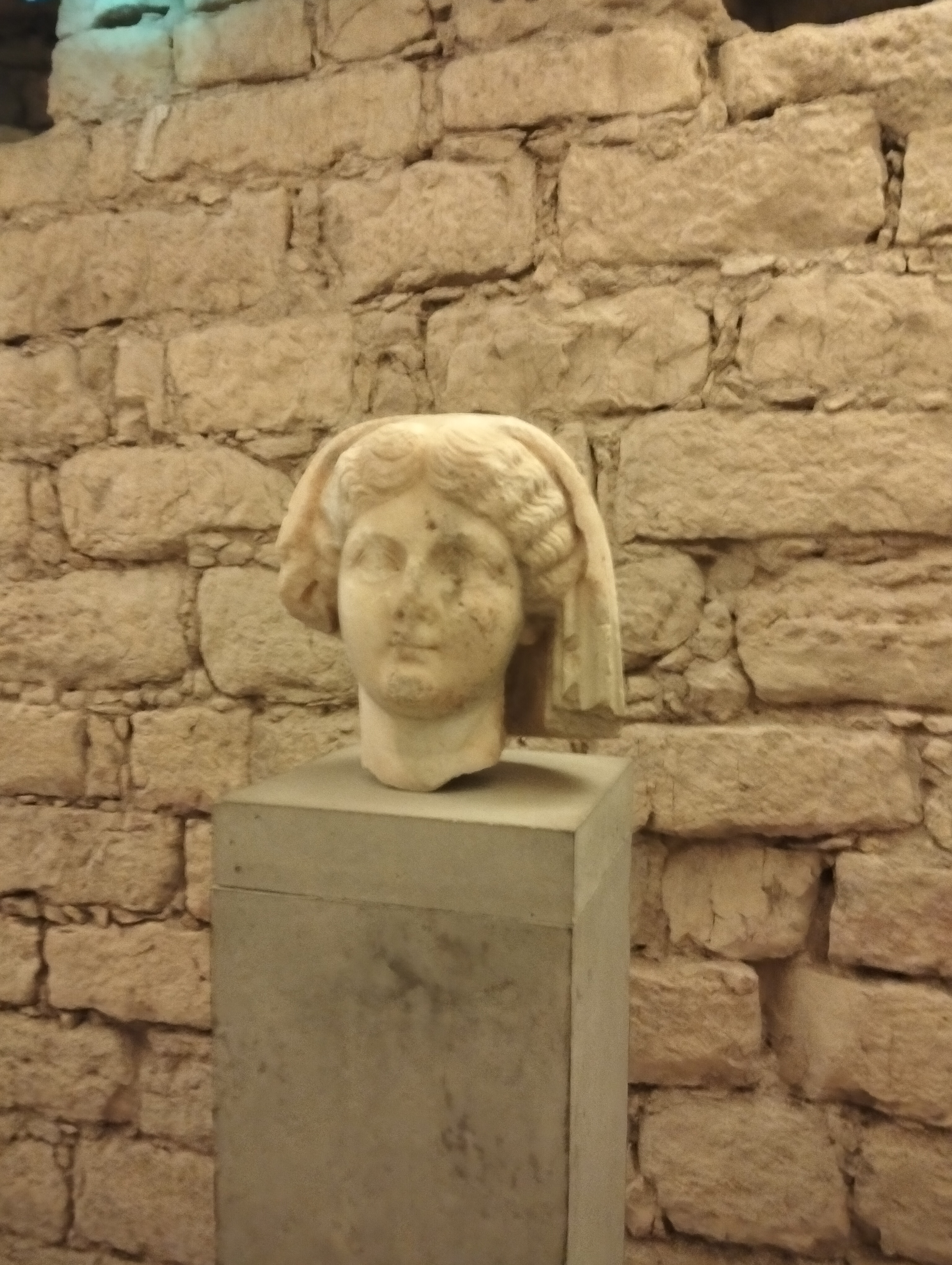
The National Museum Machado de Castro, located in the heart of Coimbra, Portugal, stands as one of the country’s most significant cultural institutions. Named after the renowned sculptor Joaquim Machado de Castro, the museum is celebrated for its remarkable art, extensive collections, and unique architectural features that span centuries of Portuguese history.
The Castle of Leiria: A Tapestry of History and Heritage
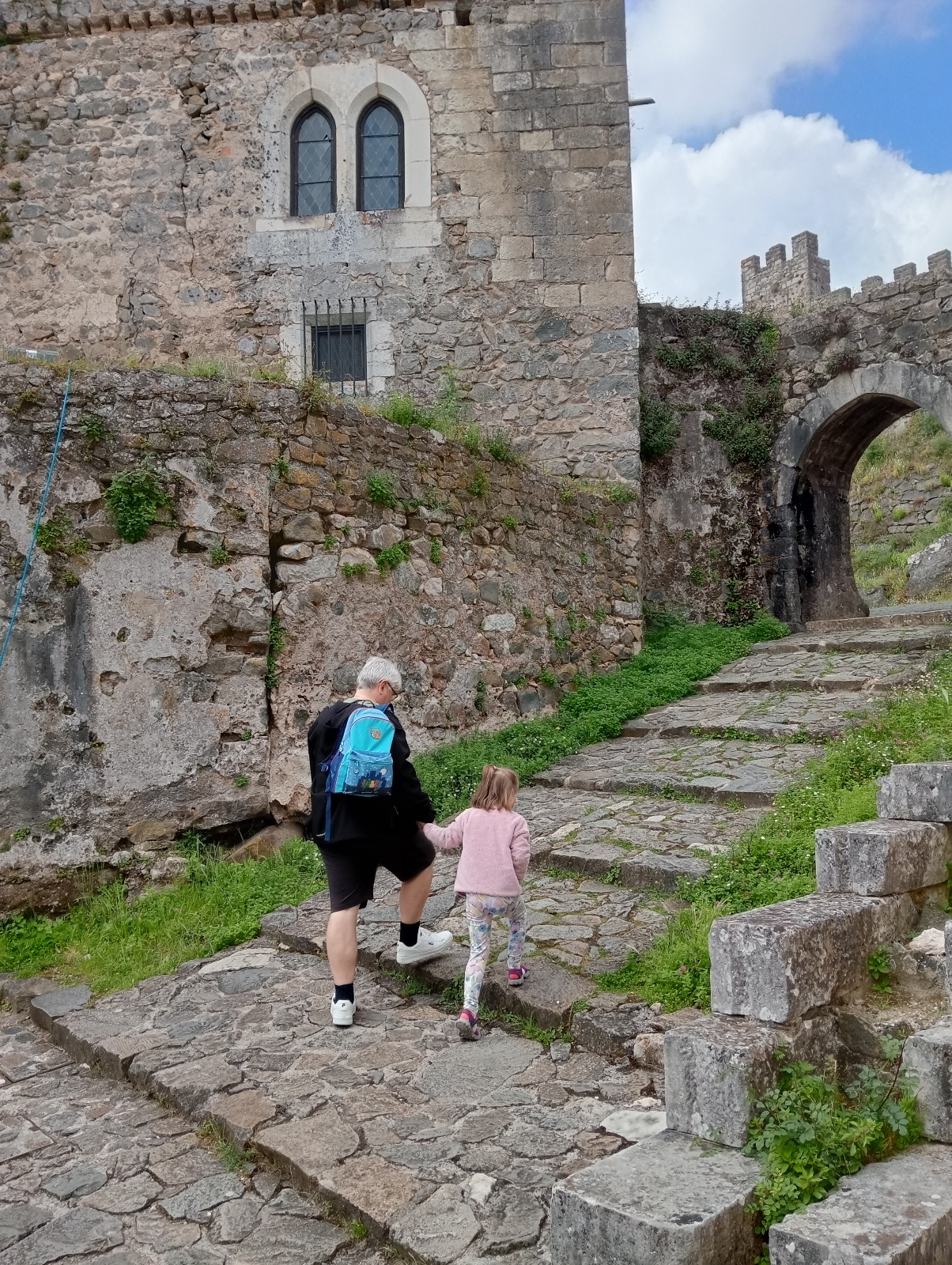
Nestled in the heart of Portugal, the Castle of Leiria (Castelo de Leiria) stands as a striking testament to the country’s vibrant past. Overlooking the city, this medieval fortress has played a vital role in shaping the region’s cultural landscape and continues to attract visitors eager to immerse themselves in its storied walls. With its rich history, architectural marvels, and enduring cultural significance, the Castle of Leiria stands as a beacon of Portugal’s medieval legacy—welcoming all who seek to explore its timeless halls and stories.
Castle of Monsanto: A Fortress Etched in Stone and Legend

Perched atop a granite outcrop in the heart of Portugal’s Beira Baixa region, the Castle of Monsanto (Castelo de Monsanto) stands as a sentinel of time—its weathered stones whispering tales of conquest, resilience, and mysticism. Located in the village of Monsanto, often dubbed “the most Portuguese village in Portugal,” this medieval fortress is not only a marvel of military architecture but also a cultural landmark steeped in centuries of history.
Almourol Castle: Portugal’s Enchanted Templar Fortress

Nestled on a granite islet in the middle of the Tagus River, Almourol Castle (Castelo de Almourol) stands as one of Portugal’s most iconic and romantic medieval fortresses. With its dramatic setting and storied past, this castle offers a captivating glimpse into the country’s rich history, particularly the era of the Knights Templar and the Christian Reconquista.
Pombal Castle: A Majestic Sentinel of Portuguese History

Pombal Castle, located in the charming town of Pombal in central Portugal, stands as a testament to the nation's medieval heritage and architectural prowess. Perched on a hilltop, this historic fortress commands sweeping views over the surrounding landscape and holds an enduring place in the annals of Portuguese history. This article delves into the origins, evolution, and cultural significance of Pombal Castle, weaving together key semantic concepts such as medieval architecture, Knights Templar, national heritage, tourism, and preservation.
The Lisbon Oceanarium: An Immersive Journey into Marine Life

Nestled in the vibrant heart of Parque das Nações, the Lisbon Oceanarium—also known as Oceanário de Lisboa—is one of Portugal’s most cherished attractions and among the largest aquariums in Europe. This iconic family destination is not merely an aquarium in Lisbon; it is a gateway to the mysteries of the world’s oceans, a hub for marine research, and a beacon for ocean conservation and sustainability initiatives.
Walking in Coimbra
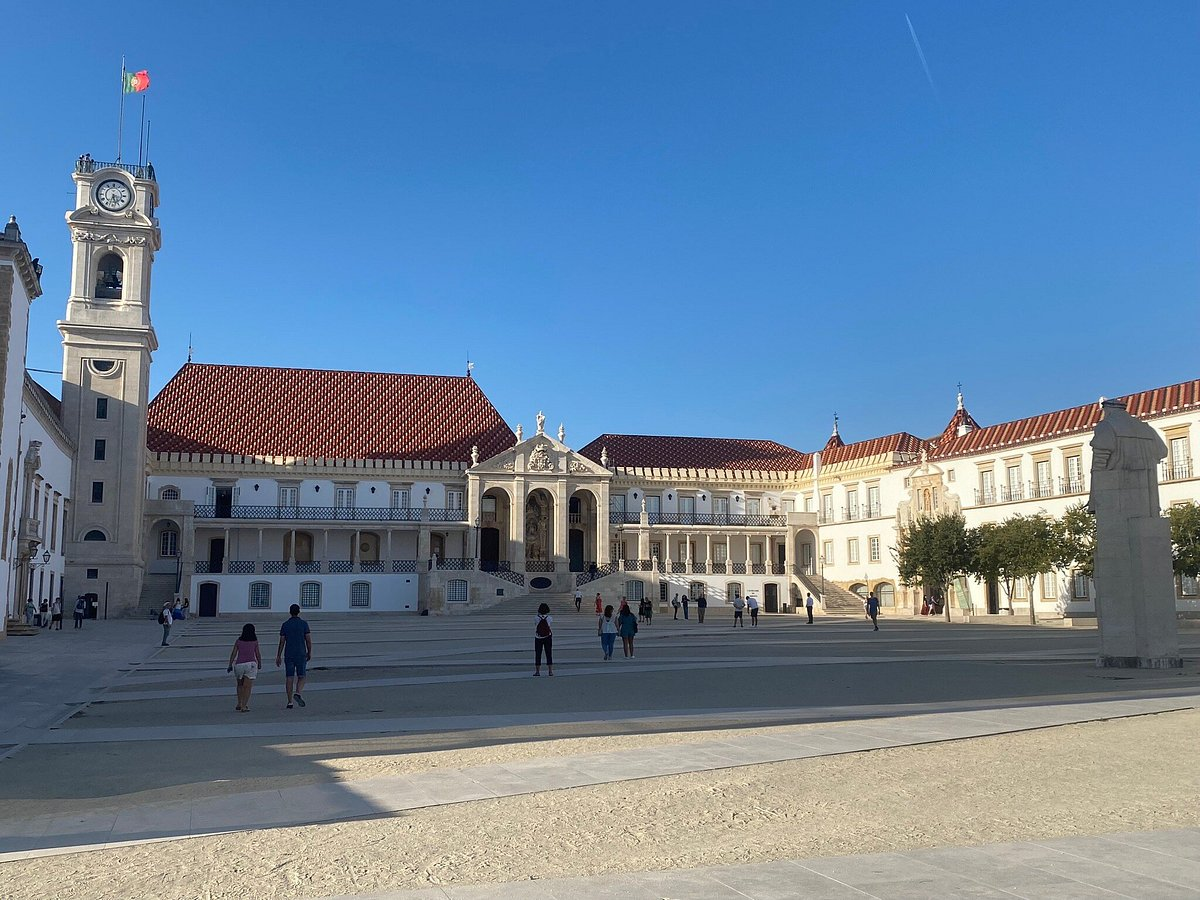
Perched gracefully on the hills overlooking the winding Mondego River, Coimbra is one of Portugal’s oldest and most storied cities. To walk through Coimbra is not merely to traverse cobbled streets; it is to embark on a journey through centuries of history, to breathe in the poetic air of academia, and to discover the vibrant tapestry of life that animates its neighborhoods, gardens, and riverbanks.
Historical Center of Coimbra
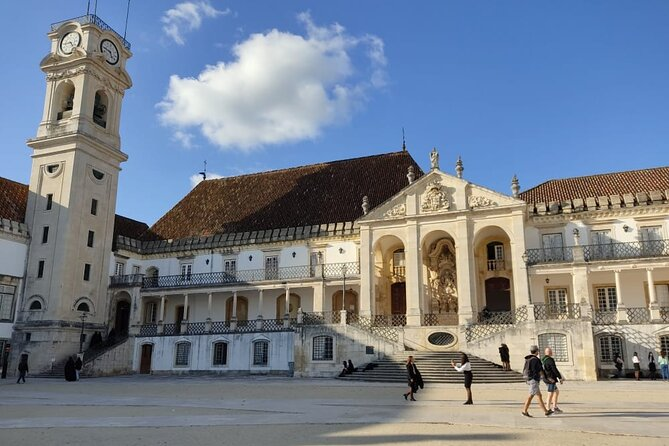
Nestled on the sun-drenched hills along the Mondego River, the historical center of Coimbra is more than a mere urban landscape—it is a tapestry woven from the threads of centuries, where every stone and alleyway tells the vibrant story of Portugal’s intellectual, cultural, and political evolution. Coimbra stands as a gracious custodian of the nation’s memory, a city whose identity is shaped by both its illustrious university and the enduring traditions that echo through its medieval streets.
Pioneers of the Age of Discovery

The Age of Discovery, a pivotal period in world history, was marked by the relentless pursuit of new trade routes and territories. At the heart of this era was Prince Henry the Navigator, a visionary who played a crucial role in advancing maritime exploration. His efforts were centered around Sagres Cape, a place that became synonymous with innovation and discovery.
The Old Cathedral of Coimbra (Sé Velha): A Romanesque Masterpiece in Portugal

Standing at the crossroads of Coimbra’s bustling medieval streets, the Old Cathedral of Coimbra, locally known as Sé Velha, is one of Portugal’s most magnificent Romanesque monuments. Built in the 12th century, this architectural masterpiece has witnessed centuries of Portuguese history, spiritual life, and cultural transformation.
Templar Castle in Tomar
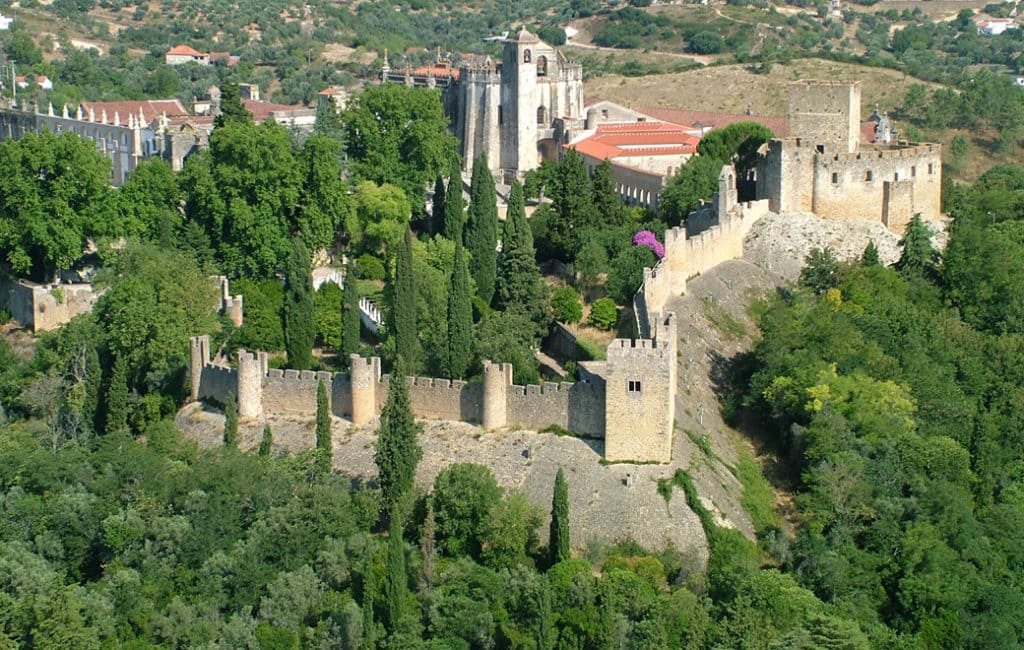
Tomar Castle (Castelo de Tomar) is one of Portugal's most famous monuments, closely linked to the history of the Knights Templar and the subsequent era of Portuguese discoveries. This monument, majestically towering over the city of the same name, holds centuries of history, legends, and architectural achievements.
Pena Palace, Sintra: The Crown Jewel of Portugal’s Romantic Castles

Perched atop the lush, misty hills of Sintra, Portugal, Pena Palace—known locally as Palácio da Pena—stands as a dazzling emblem of 19th-century Romanticism. Its vivid colors, whimsical turrets, and panoramic views over Sintra National Park have made it one of the most beloved UNESCO sites in Portugal and a must-see destination for travelers embarking on a Sintra day trip from Lisbon. If you’re seeking the best castles in Portugal or exploring the storied Sintra palaces and castles, Pena Palace is sure to capture your imagination.
Historical Mysteries and Legends

Madeira was known before the Portuguese: the island appears on Italian nautical charts as early as 1339—80 years before its official discovery by the Portuguese.
The Legend of the Lovers: According to a romantic version, English knight Robert Machim and his beloved Anna d'Arfet fled from England, but their ship wrecked off the coast of Madeira. The town of Machico is named in their memory.
The Purple Islands: Ancient authors such as Pliny and Plutarch mentioned the "Islands of the Blessed," which may correspond to Madeira and Porto Santo